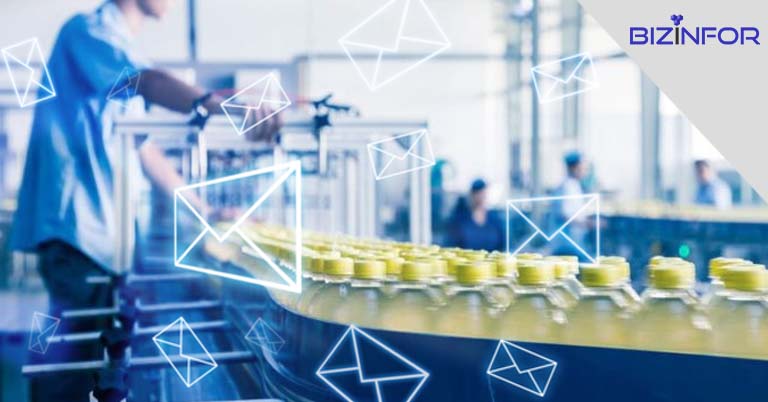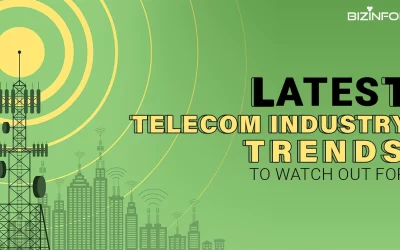Email Marketing is the best way to tap and reach out to customers in various sectors and niches. The food and beverage industry can get positive results with wider reach ability and high sales through effective email marketing campaigns. Small businesses can expand their businesses and use email as a funnel marketing activity. Email campaigns can draw a lot of customers to the website, or social media pages. Email marketing is expected to rise at a compounded annual growth rate (CAGR) of about 19.60% till 2025 and it is forecasted to grow up to USD 22.16 by the end of 2025. Here are some of the actionable email marketing strategies for lead generation for the food and beverages industry.
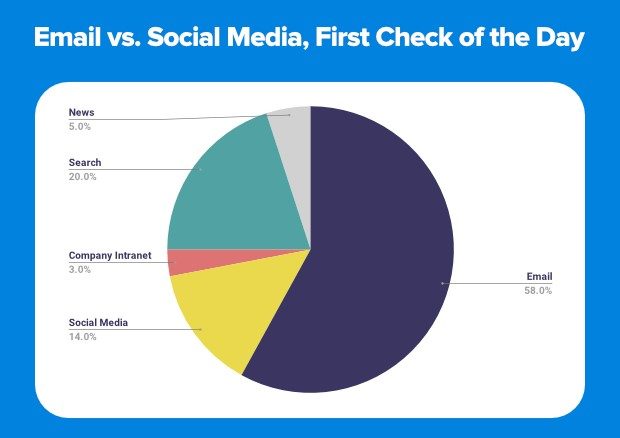
Source: Optinmoster
1. Prepare Email List
Collecting and connecting with the potential prospects require their email addresses and there are multiple ways by which you can gather the information. Start with preparing an email list of your prospects through various sources. You may ask the prospects to fill a form available at the website or subscribe to your newsletters. Whenever they visit you physically, remember to save their contact details like email id, phone number, etc. so you can connect with them later on. Through social media pages also you can direct them to visit the website, check out the details, latest offers, etc. Encourage the customers and potential visitors to sign up for the email list whenever they contact for any information
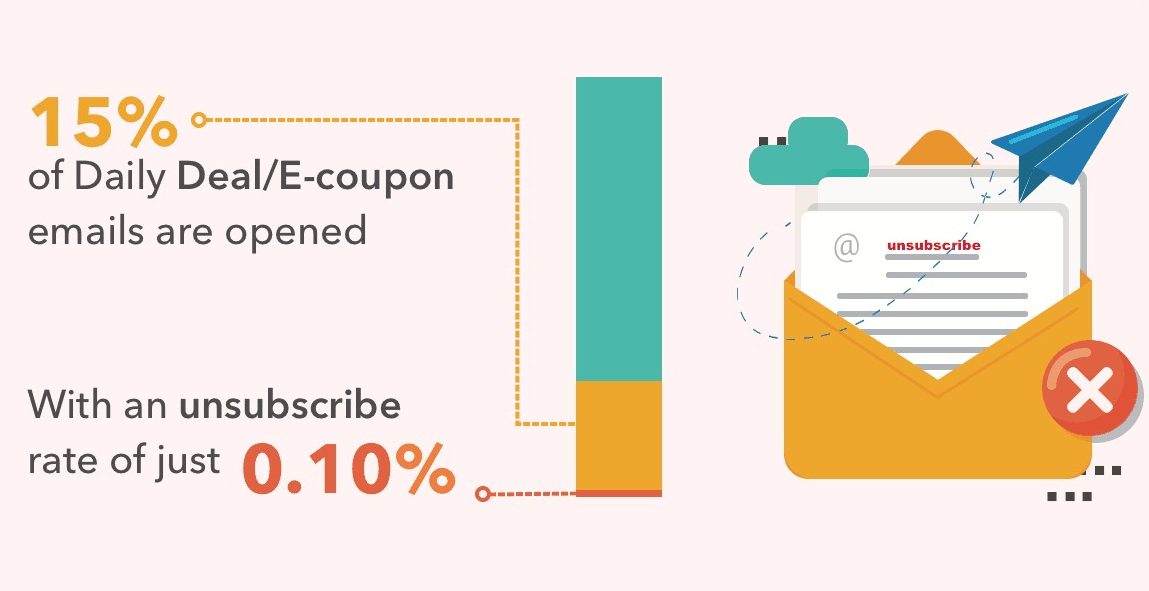
Source: websiteplanet
2. Interesting and Eye-Catching Subject Lines
An interesting, eye-catching, and inviting subject line of an email attracts the prospects to click and open the content of the email. Besides, the subject line should be attractive and something that can trigger the recipient to open. The average open-rate of the food and beverages industry is about 15.20%.
‘’Curiosity is the engine of achievement.’’ – Ken Robinson
A subject line that creates curiosity in the mind of the prospects to check out the email and the information about the services, updates, or new offers.
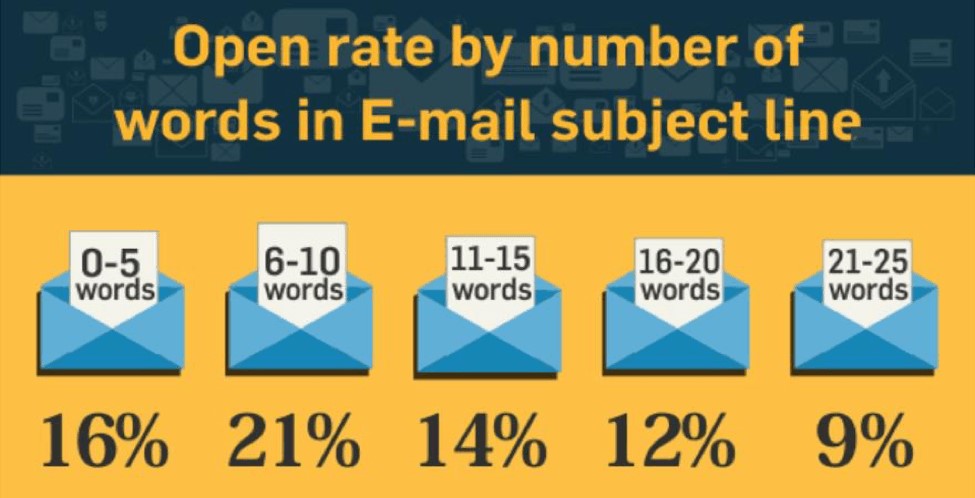
Source: Oberlo
3. Send Relational and Promotional Emails
For the email marketing of the food and beverage industry, apart from sending transactional emails, as a marketer, you must send relational and promotional emails. The purpose of relational emails is to develop a long-lasting relationship with the prospects or the subscriber of the email. This can be done by sending emails with free information, which may be gifts, events, or offers. On the other hand, promotional emails are meant to promote the business for direct lead generation for the food and beverage industry. This can be done by highlighting the services, products, specifications, and similar content to market the products. The return on investment (ROI) for email marketing ranges from USD 38 per dollar spent to USD 43 per dollar spent for restaurants.
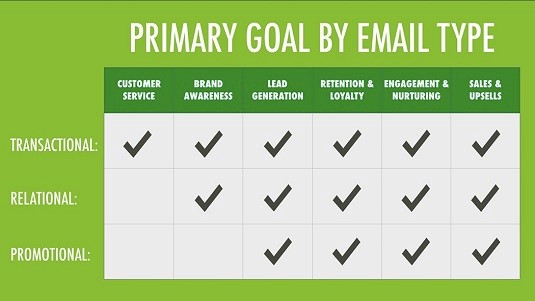
Source: dummies.com
4. Highlight the Brand Elements
The brand elements should be highlighted in the email that includes the name of the business, logo, address, contact numbers, and phone numbers. This boosts brand awareness and the prospect can remember the brand logo. Every time the prospect is going to see the same logo, it will immediately click that the logo belongs to which particular brand and what do they specialize in. For instance, looking at the logo of any pizza brand, one can immediately co-relate to the name and the specialty of that brand such as 30 minutes delivery at your doorstep.

Source: Bizinforusa
5. Create Short, Accurate Emails with Images
Short emails are ones that the recipients can read as compared to long emails that make the reader bored of the content. Offer interesting text with visually appealing images, with brevity. Accuracy of facts and proofreading is quite necessary before it reaches the screens of the readers.
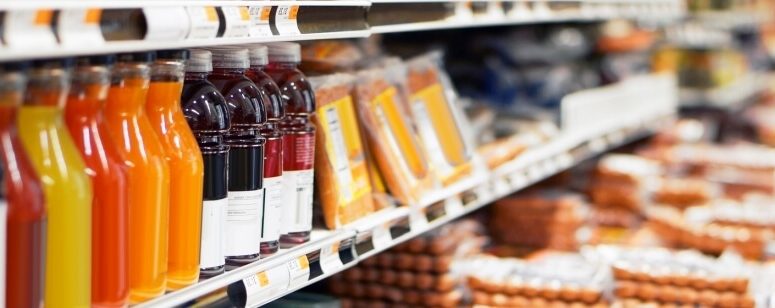
6. Frequency of the Email
The average click-to-open rate of the food and beverages industry is about 11.30%. Therefore, it is necessary to pay attention to the volume of emails you are going to send to the subscribers. A large number of emails may end up being marked as spam. There is always a risk that the recipient may mark the email address as a spammer if emails are going to clutter the recipient’s inbox. Thus, limit your email frequency to two to three messages per month.

Source: Hubspot
Conclusion
The ROI of email marketing is 28.5% higher as compared to direct mail. Email marketing for food and beverages is affordable, convenient to create templates, easy to share with a huge number of prospects, and time-saving. About 40% of the B2B marketers agree that email marketing is one of the best platforms to boost sales of the food and beverages industry.

